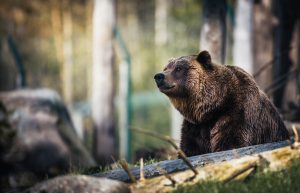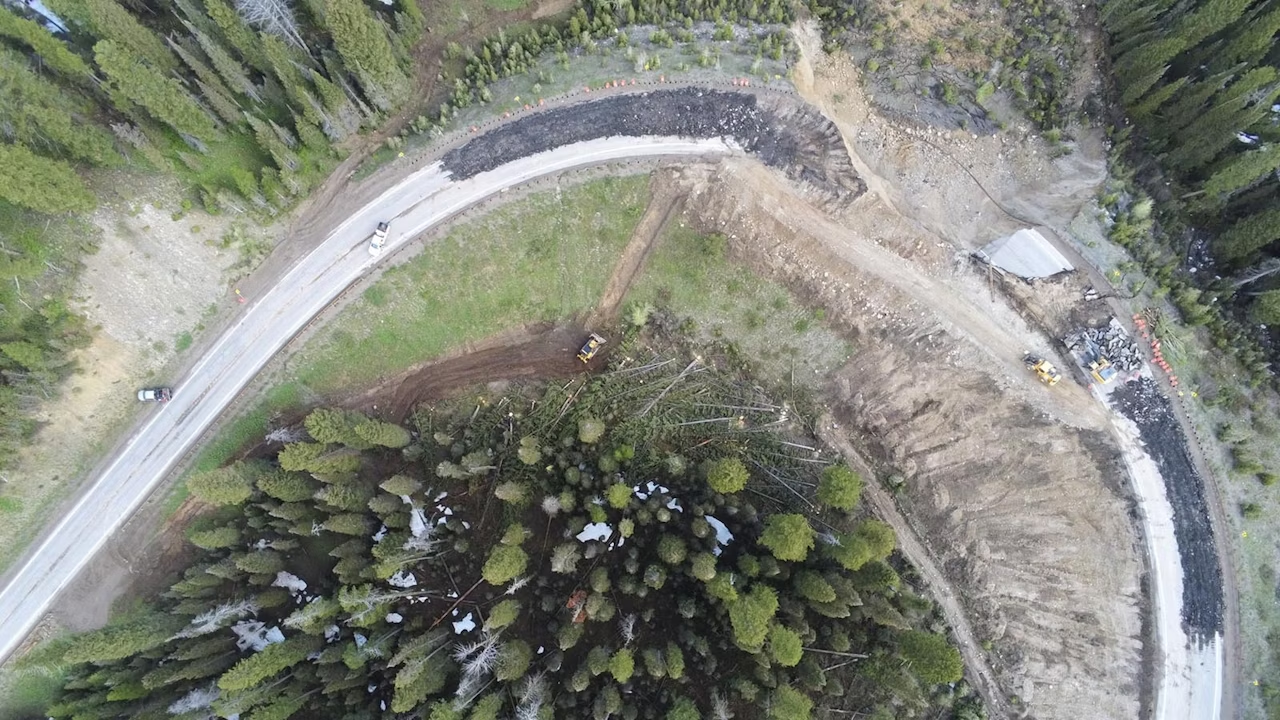Interdisciplinary Research Team to Conduct Grizzly Bear Trapping in Grand Teton National Park
Written by Caleb Nelson on April 26, 2022
As part of the Endangered Species Act, grizzly bear populations in the Greater Yellowstone Ecosystem are monitored by biologists from the Interagency Grizzly Bear Study Team (IGBST).
IGBST will conduct its pre-baiting and trapping operations inside of Grand Teton National Park from May 1 to July 15th this year.
Established in 1973, the IGBST monitors and researches grizzly bears in their ecosystems as part of a collaborative effort made possible by a broad coalition of interdisciplinary scientists responsible for the long-term study of these animals. Formed by the Department of the Interior, these teams consist of members from the U.S. Geological Survey, the National Park Service, U.S. Fish and Wildlife Service, and the U.S. Forest Service—to name a few.
Research teams conduct trappings annually, and when bear trapping is in-progress, one should expect bright warning signs to be posted around the site of activity. Park officials ask that the public respect these closures and stay out of the marked areas. In accordance with rigorous protocols, trained professionals will bait and trap the grizzly bears in order to sedate them so samples can be collected for analysis.
Often, the bears are set-up with a collar to transmit their location so researchers can track how bears use the landscape.
One of the main objectives of the IGBST is to “determine patterns of habitat use” by bears and, in this way, the “radio-collars” prove invaluable to monitoring land management activities in relation to the welfare of the overall grizzly population. This team of scientists also keep track of whitebark pine cone production since the seeds are a “high-calorie food resource” for grizzly bears.





